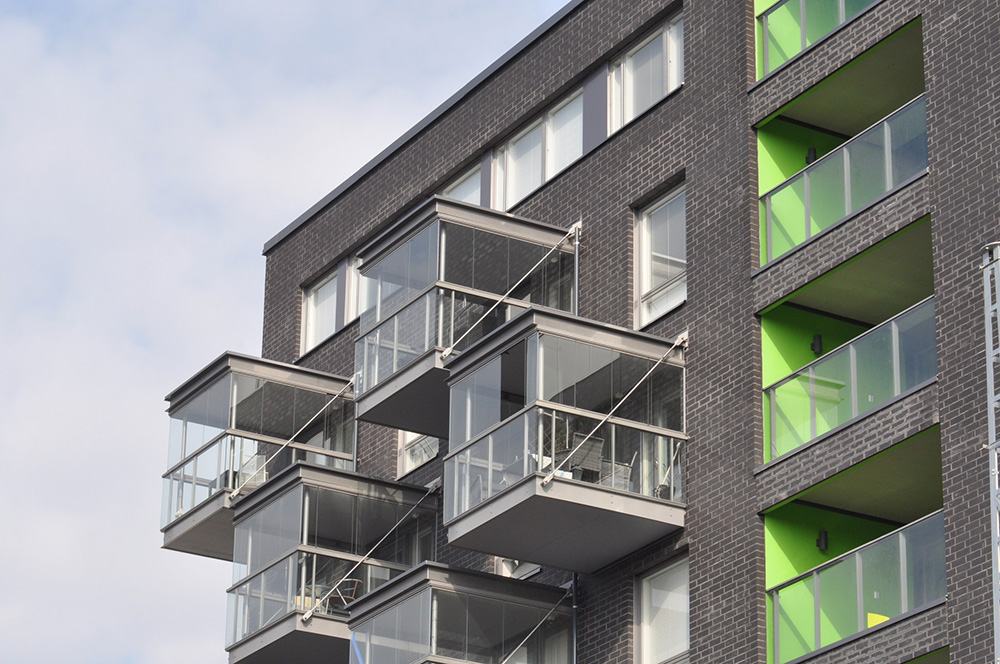The exceptionally strong decline in housing construction threatens to weaken the availability of housing as well as economic growth, employment and tax collection. According to Aleksi Randelli, CEO of Rakennusteollisuus RT, correcting the situation requires a quick reaction at the political level and reviving state-supported housing production, similar to what happened during the financial crisis.

Apartment starts this year may fall below the number of starts in 2008–2009 during the financial crisis, which was around 23 apartments per year. The decline has now been clearly more drastic than the recession at that time, as there are even about half as many startups as two years ago. In 000, the construction of 2021 apartments started, while estimates for the current year vary between 47 and 000 apartments.
The demand for new apartments by both consumers and investors is currently very low. Mortgage withdrawals have fallen to the level of 20 years ago, and housing transactions are at their lowest level in ten years. At the same time, state-supported Ara housing production has also collapsed. The reason is the increase in costs and interest rates accelerated by the war in Ukraine.
"Now we are at the point where housing production in the near term can only be saved by political decisions," says Aleksi Randell.
"The continuity of Ara rental housing production must be secured by ensuring the functionality of the short-term interest subsidy model and the adequacy of its mandate. It is worth taking as an example the successful recovery measure of the 2009 recession, the so-called intermediate model that was introduced at high speed. Its terms were more flexible and more encouraging than the current ten-year interest subsidy loan."
After the financial crisis, the recovery materialized, the risks did not
With the temporary interim model, almost 8 rental apartments were built in a short period of time, approximately 000 people were employed, and taxes and tax-related payments of approximately EUR 14 million were collected for society.
"Some were afraid that the stimulus spike would cause disruption to the housing market, when the restrictions on the large number of housing units would be released in five or ten years. As time has shown, the risk did not materialize and the apartments have largely remained in rental use," states Randell.
Randell also proposes cyclical subsidies for renovation construction, for example to improve energy efficiency, as was done after the financial crisis. They have a correspondingly large effect on employment, and they help Finland achieve emission reduction goals and energy efficiency requirements.
The houseboat should not be rocked any more
Randell also expects the future government to make stabilizing and confidence-increasing decisions, as well as to refrain from new tightening of construction financing and mortgage lending.
"Now it is wisest to monitor the effects of the actions that have already been taken, and not to delay housing construction even more. In any case, interest rates and costs will remain higher than before for a long time to come."
EU-level and domestic regulation regarding the banking sector and mortgages has increased strongly in recent years. On top of that, the Financial Supervisory Authority's recommendation on the upper limit of the loan management burden for housing loan applicants has been in use since the beginning of this year, and the restrictions on housing association loans will come into force in the summer.
"The situation in the housing market is still relatively stable and there is no price bubble in Finland. The average financial situation of households is also not predicted to deteriorate sharply."
Apartments are now being built well below the longer-term annual need, which according to VTT's calculations is 35 apartments. Despite the strong housing construction in recent years, even the average housing production throughout the 000st century has fallen below this, at 2000 apartments per year.
The sharp decline in housing starts has dragged the entire construction industry into a recession, as a result of which the number of unemployed and bankrupt has turned to rise. The construction industry has a significant impact on total employment, as every fifth working Finn is employed either directly or indirectly in the real estate and construction industry. The key indicators show that the contraction in construction continued strongly in the beginning of the year as well.
Interview requests and additional information
Merja Vuoripuro, communications director, tel. 040 587 6242, merja.vuoripuro@rt.fi